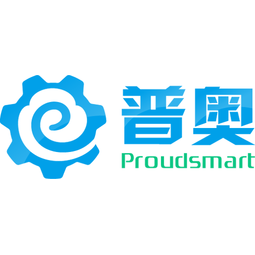Download PDF
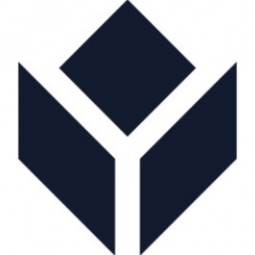
Tulip Interfaces
Overview
HQ Location
United States
Year Founded
2014
Company Type
Private
Revenue
< $10m
Employees
11 - 50
Website
Twitter Handle
Company Description
Tulip, a spinout from MIT, brings the power of Industrial IoT and advanced analytics to the manufacturing workforce through its app platform. This revolutionary self-service technology fills the gap between rigid back-end manufacturing IT systems and the dynamic operations taking place on the shop floor. Tulip? a Manufacturing App Platform combines research in intelligent hardware sensors, computer vision, assistive user interfaces and applied Machine Learning. Tulip was launched to bring these latest technological developments from the lab to the factory floor. Today, Tulip Manufacturing App Platform is deployed at dozens of global customers in six countries across multiple industries including Electronics, Aerospace & Defense, Medical Devices, Footwear, Pharmaceuticals, and Contract Manufacturing.
IoT Solutions
TULIP APP BUILDER
Design and build interactive apps to improve your factory, collect data, and engage your team no coding required.
1. Turn your paper processes into interactive apps, with ease. Bringing modern technology to the shop floor has never been easier. Build powerful and flexible apps in minutes with Tulip App Builder.
2. Move faster with app templates. Select sample apps from a growing gallery and easily customize them to fit your needs so you can get a faster time-to-value.
3. Engage your users with rich media. Add images, videos, documents and CAD files to make your apps user-friendly and increase engagement.
4. Collect data using digital forms. Add interactive forms that capture data through booleans, dropdown menus, checkboxes, text fields and even cameras.
5. Visualize your shop floor with Tulip Analytics. Show a real-time data and analysis on your apps.
6. Add functionality to your apps with clicks, not code. Rapidly create, test, and deploy apps for your shop floor. Use out-of-the-box templates to build apps with industry best practices or start from scratch.
7. Collaborate with your entire organization. Build and customize apps together with business stakeholders, IT teams, and shop floor operators. Leverage Tulip’s real-time collaboration tools to quickly develop the right apps for your factory.
Design and build interactive apps to improve your factory, collect data, and engage your team no coding required.
1. Turn your paper processes into interactive apps, with ease. Bringing modern technology to the shop floor has never been easier. Build powerful and flexible apps in minutes with Tulip App Builder.
2. Move faster with app templates. Select sample apps from a growing gallery and easily customize them to fit your needs so you can get a faster time-to-value.
3. Engage your users with rich media. Add images, videos, documents and CAD files to make your apps user-friendly and increase engagement.
4. Collect data using digital forms. Add interactive forms that capture data through booleans, dropdown menus, checkboxes, text fields and even cameras.
5. Visualize your shop floor with Tulip Analytics. Show a real-time data and analysis on your apps.
6. Add functionality to your apps with clicks, not code. Rapidly create, test, and deploy apps for your shop floor. Use out-of-the-box templates to build apps with industry best practices or start from scratch.
7. Collaborate with your entire organization. Build and customize apps together with business stakeholders, IT teams, and shop floor operators. Leverage Tulip’s real-time collaboration tools to quickly develop the right apps for your factory.
Key Customers
Taza Chocolate, ChefSteps, Dentsply Sirona, Formlabs, Merck, Jabil, Nautique
IoT Snapshot
Tulip Interfaces is a provider of Industrial IoT platform as a service (paas), and networks and connectivity technologies, and also active in the aerospace, automotive, electronics, food and beverage, healthcare and hospitals, and pharmaceuticals industries.
Technology Stack
Tulip Interfaces’s Technology Stack maps Tulip Interfaces’s participation in the platform as a service (paas), and networks and connectivity IoT Technology stack.
-
Devices Layer
-
Edge Layer
-
Cloud Layer
-
Application Layer
-
Supporting Technologies
Technological Capability:
None
Minor
Moderate
Strong
Case Studies.
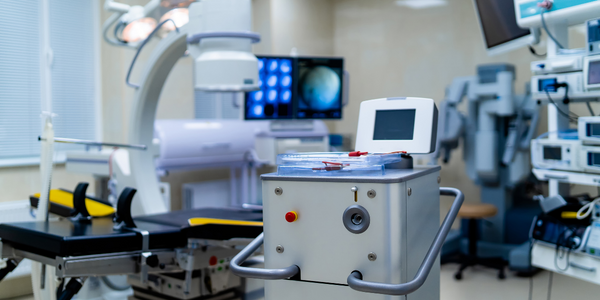
Case Study
Implementing a Next-Gen MES for Medical Device Production at a Fraction of the Cost
A Medical Device Manufacturer was faced with the challenge of scaling up production for a new product introduction (NPI) within a 6-month timeline in a new greenfield assembly facility. The goal was to increase production from a few units a month built by engineers to hundreds of units a month by frontline workers. The engineering team needed to enable the frontline workers to assemble the units and record their activities at each step of the way via an eDHR for compliance purposes. The team foresaw challenges around overwhelming new staff with changing instructions and recording information. They concluded that using paper-based SOPs and history records was not a viable or efficient solution for onboarding a completely new team.

Case Study
Frozen Food Supplier Enhances Operational Efficiency with Tulip
The frozen food supplier, a leading provider of bakery solutions, was grappling with two major challenges. Firstly, the company was heavily reliant on paper-based processes to record machine downtime and the reasons for it. This method was often inaccurate and difficult to aggregate, leading to a lack of visibility into the plant's metrics. Consequently, line supervisors and plant management lacked the critical information needed to prioritize and address issues impacting throughput. Secondly, the company had to perform cumbersome and time-consuming audits to comply with the stringent requirements of the food and beverage industry. These audits ranged from PPE audits, pre-production checks on equipment, and periodic checks on the metal detector. The combination of these problems resulted in a lack of visibility into the plant's performance and the issues that needed to be mitigated.
Similar Suppliers.
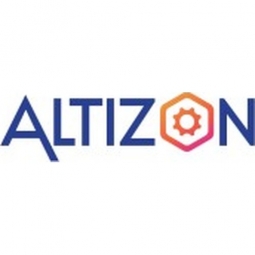
Supplier
Altizon Systems
Altizon empowers Industrial Digital Revolutions globally by helping enterprises use Machine Data to drive business decisions. With a global footprint of over 100 enterprise users, Altizon is a leading Industrial IoT platform provider as recognized by Gartner, Forrester, BCG, Frost & Sullivan, and others.
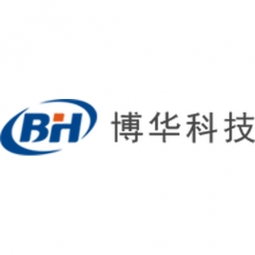
Supplier
Bohua Technology
Beijing Bohua Technology Co., Ltd. was established in 2006 and is specialized in the Internet industry equipment condition monitoring, fault diagnosis, maintenance management, intelligent monitoring and other related product development, production and technical services of high-tech enterprises. Bohua serves the petrochemical, coal chemical industry, metallurgy, electric power, wind power, military, municipal, rail transportation and other industries. Products include offline inspection system, a reciprocating compressor line monitoring and diagnosis systems, rotating machinery monitoring and diagnosis system, key-line pump monitoring and diagnosis system, on-line monitoring and diagnosis system of the wind turbine, the engine line monitoring system, a wireless monitoring and diagnosis system, moving professional equipment management platform, remote monitoring diagnostic center, RCM assessment of the overall solution. The company has a comprehensive product research and development, production, marketing, on-site project implementation and technical service capabilities, professional hardware production base through the ISO9001: 2008 quality management system certification, and high-tech enterprises in Beijing's Zhongguancun, has made more than patents and computer software copyrights, with certification of software products and software enterprise certification, and access to provincial and ministerial level scientific and technological progress award special award. Bohua technology has the layout of Industry 4.0 innovative intelligent field equipment, such as the Internet industry to make its own contribution to China over the next decade to develop into manufacturing power from the manufacturing country.





